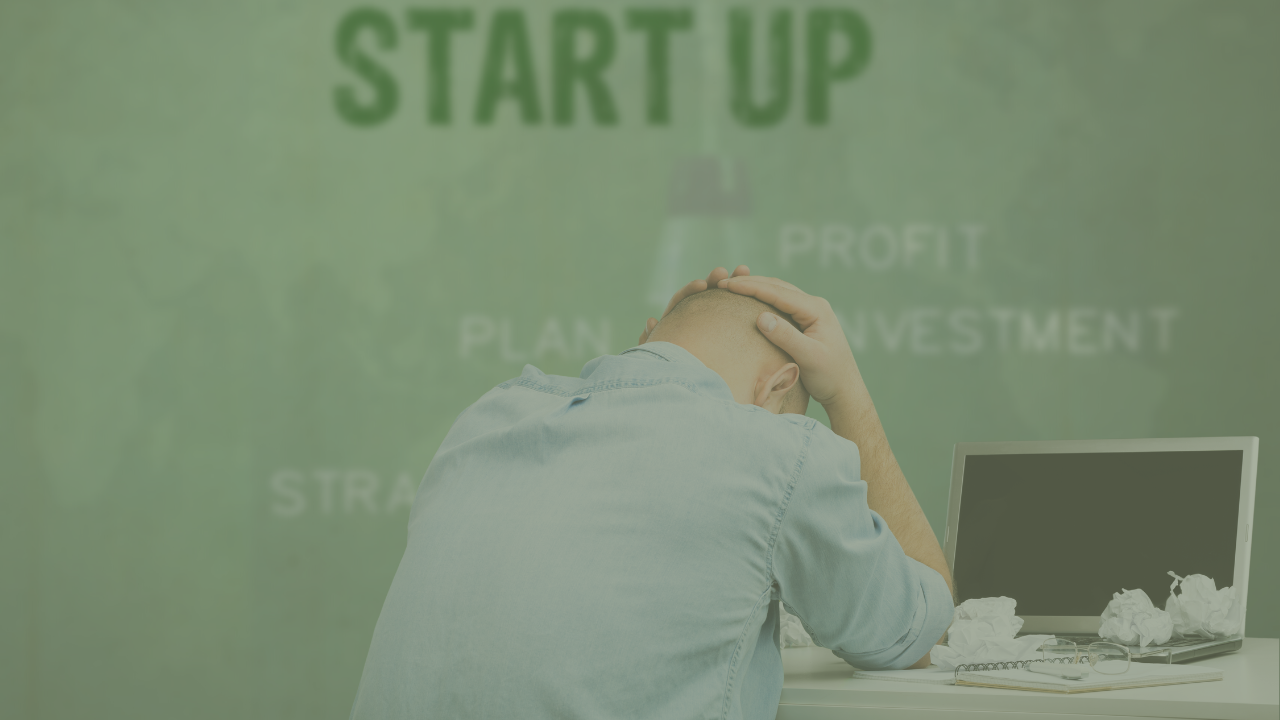After experiencing rapid growth over the past decade, Indonesian start-ups face a wave of mass layoffs, ironically occurring when the pandemic storm is beginning to subside. Start-up companies in Indonesia initially developed in early 2010. The Ministry of Communications and Information Technology estimates that the number of start-ups in Indonesia in 2019 will be around 2,193. This figure makes Indonesia the country with the most significant number of start-ups in the world after the United States, India, Britain, and Canada. Even digital-based business is a new opportunity in the electronic commerce sector that boosts the Indonesian economy. Several Indonesian start-up businesses are growing rapidly, including Traveloka, Kopi Kenangan, and Bukalapak.
The pandemic period triggers the need for low-touch technology that enables start-ups to survive and grow. However, the promotional period known as the “money-burning” phenomenon has ended, and start-ups are faced with the reality of returning the capital that investors have disbursed. The euphoric period has ended, marked by the bubble burst phenomenon, which means that the grew-rapidly digital economy eventually fell drastically. Several start-up businesses have cut hundreds of employees en masse, such as the LinkAja digital wallet, edtech Zenius, SiCepat expedition service, and the JD.ID e-commerce platform.
Layoffs globally represent a worse situation. According to tracker Layoffs.fyi, 20,514 people have lost their jobs at tech start-ups globally since last April. Start-ups in all sectors, from healthcare, software as a service, travel, education, and payments to crypto companies, are laying off some staff and facing a time of uncertainty with a tough market.
Suspecting the bubble burst event, SBM ITB supply chain system expert Togar Simatupang stated that a new chapter has emerged for start-up businesses. Tighter competition in attracting investors and customers, using more innovative and efficient technology, and increasingly tighter investors in channeling their capital are some of the challenges faced. The era of economic growth and generous investors is over. “This new episode requires the ability to guarantee real income with resilience and innovation. Investors are demanding returns on their invested model. Some companies can survive by maintaining consistent earnings. Some will need to turn around with new services as it is difficult to catch up with major players that are way ahead,” added Togar.
The lagging players need to recognize their strengths and uniqueness as monetization becomes what investors demand. Although the availability of capital remains, it is not as easy as in the early stages of developing a digital start-up. Start-ups will go through a steeper path in the shadow of global stagflation. In addition, companies that stagnate in generating real income will not receive capital assistance as before. It will eventually continue to lay off its employees and may even go bankrupt.
According to Professor of Entrepreneurship at SBM ITB Wawan Dwanto, the start-up bubble phenomenon is similar to the dot.com bubble phenomenon that occurred in the early 2000s.
Initially, investors’ expectations of dot.com companies were very high, so the market value of dot.com companies rose sharply (dot.com bubble). Investors became more rational after some time, so some dot.com companies collapsed. At the same time, some dot.com that were able to provide solutions for the market still survived.
Something similar is happening today. At first, investors’ expectations of start-up companies were very high, resulting in relatively high start-up valuations (start-up bubble).
Currently, in general, the start-up industry will continue to grow, but the growth rate will not be as high as before.
Investors will be more careful in looking at the business models owned by start-ups. The surviving start-ups have a suitable business model, which can produce solutions that align with market needs (product-market fit). In addition, the surviving start-ups can adapt the business model according to market dynamics (business model pivot). Start-ups that have a suitable business model are expected to be able to monetize the solutions offered to the market.




